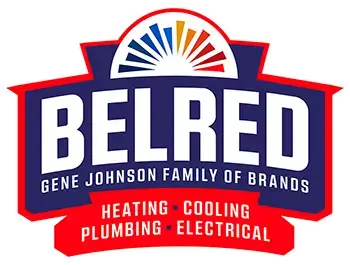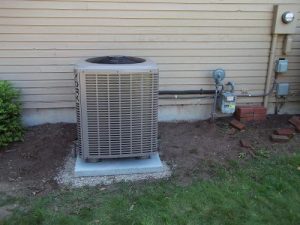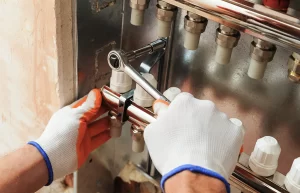A home with poor indoor air quality can be hard to bear for homeowners and those who live with them. Indoor air quality is essential to the overall comfort of the home. Stale, old air that gets trapped inside the house can not only present comfort problems for those inside the home, it can also lead to health issues. Replacing stale indoor air with fresh outside air is key to keeping the indoor air quality high and it’s done best with one solution—good ventilation.
Many ask the question why older homes, without new ventilation equipment, technologies or tricks, didn’t have many of the same problems issues we see with a newer home with poor ventilation. Most commonly, this can be attributed to the leaky nature of older homes. Although it greatly diminished overall home performance and efficiency, these leaks and cracks around doors, windows or other troublesome places actually provided a means to ventilating the home and bringing fresh outdoor air inside. Newer homes tend to be more airtight overall; so many times they require the use of specific ventilation tactics or equipment to ensure that the house remains properly ventilated. These procedures often differ depending on the time of year or surrounding environment for the home.
So, what are the common types of ventilation that keep indoor air quality high? They can be broken into several different topics, including:
· Exhaust mechanical ventilation refers to homes that solely use exhaust fans, most commonly in bathrooms, to get rid of stale air or moisture in specific rooms. Beyond the removal of this air and moisture, these fans also create a negative air pressure within the home, which causes fresh outside air to enter the home, preferably through intake fans tied to your HVAC system, or open windows, but often through leaks in your home’s envelope. This approach is relatively low cost, which makes it very common.
· Supply ventilation is a process of bringing fresh outside air directly into the home and dispersing it throughout the home. The forced fresh air causes stale air to leave the home through cracks and leaky areas. Using this technique, fresh air is commonly dispersed to other rooms in the house through ducts.
· Natural ventilation is actually a relatively uncommon approach. This form of ventilation is executed through specific design features to newer homes. One example of natural ventilation is creating a solar chimney, which causes heated air to rise to the top of the home, creating a similar negative pressure system to the exhaust ventilation approach.
· Balanced ventilationis a mix of the exhaust and supply approach. This type of mechanical ventilation allows for a more managed and appropriate approach depending on the environmental situation and the use of specific rooms in the home. Many ventilation systems and machines are used in this process, including those with heat exchangers or ERVs (energy recovery ventilators).
BelRed offers the installation of great balanced ventilation products such as the Honeywell TrueFRESH ventilation system and the Panasonic WhisperComfort ERV system. Both of these mechanical systems are both a great approach to ensuring your home has maximum ventilation and, as a result, great indoor air quality. If you’re experiencing poor indoor air quality and notice stale or damp air, improved ventilation could be your solution. Don’t hesitate to reach out for help today if that’s the case.







